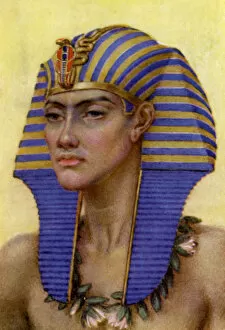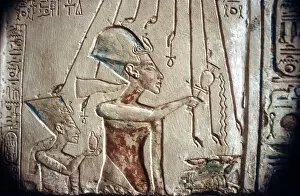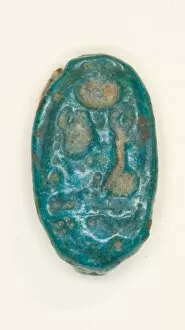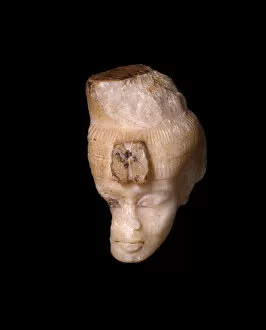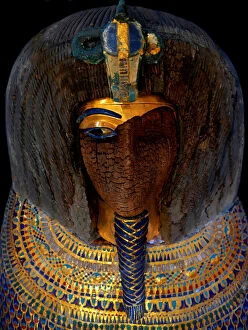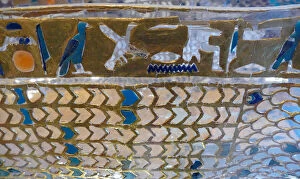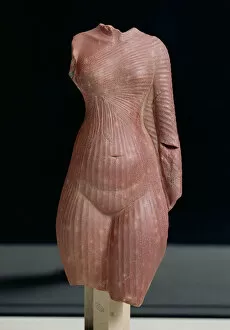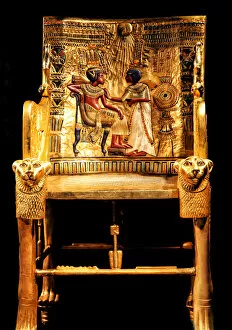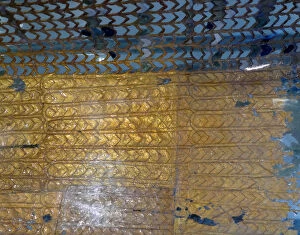Amenhotep Iv Collection
"Amenhotep IV: The Revolutionary Pharaoh of Ancient Egypt" Step back in time to the New Kingdom era during the Armana period, specifically between 1353-1336 B. C
All Professionally Made to Order for Quick Shipping
"Amenhotep IV: The Revolutionary Pharaoh of Ancient Egypt" Step back in time to the New Kingdom era during the Armana period, specifically between 1353-1336 B. C. , and discover the enigmatic figure known as Amenhotep IV. Also referred to as Akhenaten, this pharaoh brought about a profound transformation in Egyptian history. One of the most iconic representations can be found in an exquisite glass inlay depicting him alongside his beloved wife, Nefertiti. This artwork captures their striking beauty and power that defined their reign. Speaking of Nefertiti, she was not just a queen but also an influential figure who left her mark on ancient Egypt. A portrait by Winifred Mabel Brunton showcases her regal elegance and timeless allure from the 14th century BC. Another masterpiece by Brunton portrays Akhenaten with his family at Akhetaten (modern Tell el-Amarna). It offers a glimpse into their intimate moments, revealing a more personal side to this revolutionary ruler. Akhenaten's devotion to the sun-god Aten is evident in a captivating relief displayed at the Egyptian Museum in Cairo. Underneath its rays, he stands alongside Nefertiti, symbolizing their spiritual connection and religious reforms. A statue dedicated to King Ikhenaton further immortalizes his legacy. Crafted during Dynasty 18 of the New Kingdom, it serves as a testament to his unique physical features and distinctive style. The significance of Akhenaten's rule is further emphasized through various amulets discovered from this period. One such artifact displays his cartouche or royal name while another exhibits a double cartouche representing both him and his reign. Intriguingly enough, rings bearing Akhenaten's name have also been unearthed throughout Egypt. These precious adornments provide insight into how he was revered even long after his reign, showcasing the lasting impact he had on Egyptian society.







